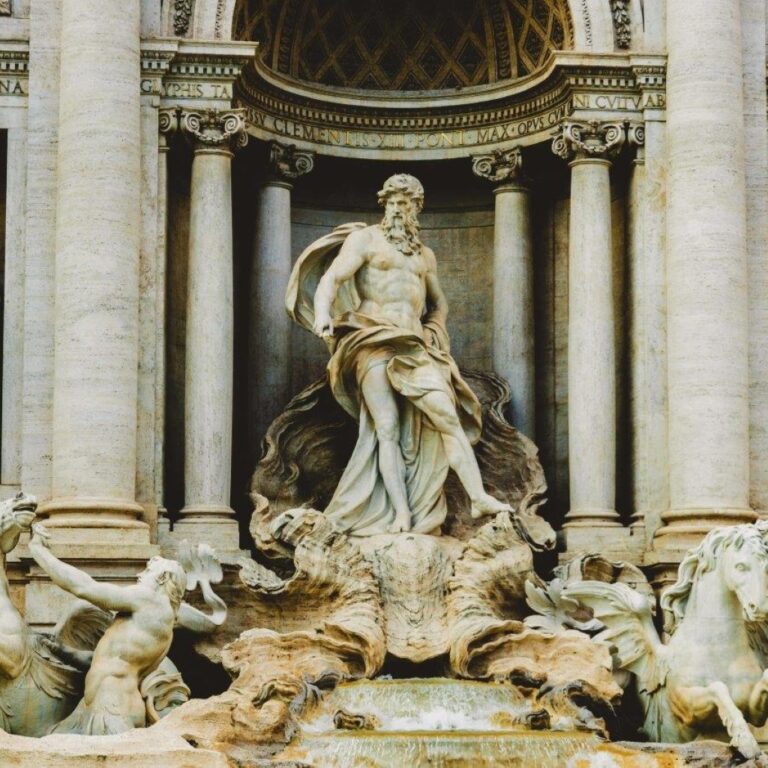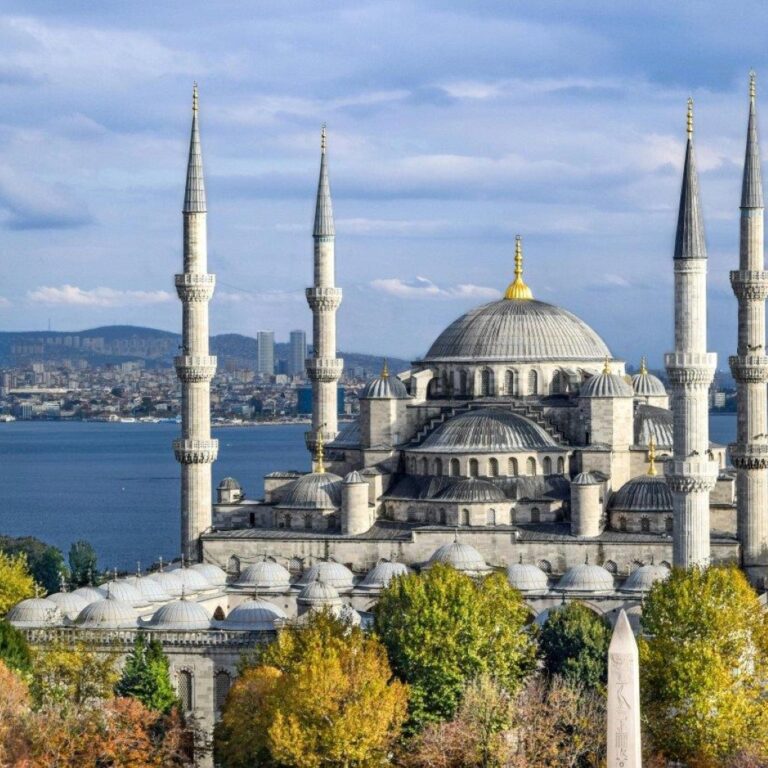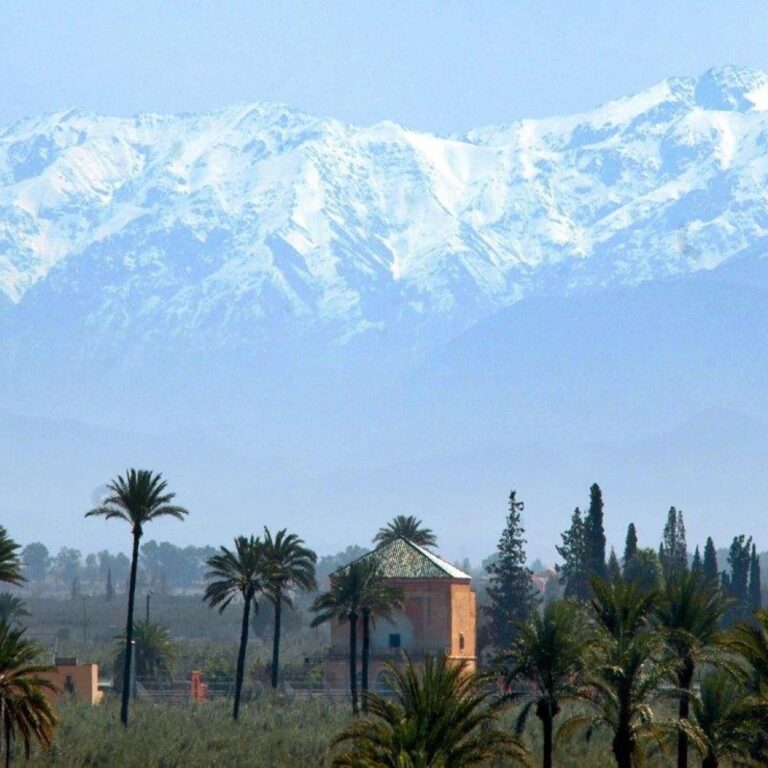The Trevi Fountain, or Fontana di Trevi in Italian, was designed by architect Nicola Salvi and completed in 1762 by Giuseppe Pannini.
The fountain stands at 26 meters (85 feet) high and 49 meters (161 feet) wide, making it the largest Baroque fountain in Rome.
The Trevi Fountain is located at the junction of three roads (tre vie), which is how it got its name.
The central figure of the fountain is Neptune, the god of the sea, riding a chariot pulled by two sea horses, each guided by a Triton.
The fountain is built against the back of the Palazzo Poli, creating a dramatic backdrop that enhances its grandeur.
Legend has it that tossing a coin into the Trevi Fountain with your right hand over your left shoulder will ensure your return to Rome.
It is estimated that about 3,000 euros are thrown into the fountain each day, and the money is collected and used to fund local charities.
The water in the fountain comes from the Aqua Virgo aqueduct, which was constructed in 19 BC and still supplies water to several fountains in Rome.
The Trevi Fountain has been featured in many films, the most famous being Federico Fellini's 'La Dolce Vita,' where actress Anita Ekberg wades into the fountain.
The fountain underwent a major restoration in 2014-2015, funded by the Italian fashion house Fendi, to preserve its beauty and structural integrity.
The intricate carvings and sculptures on the fountain depict various mythological and allegorical figures, adding to its artistic and historical significance.
At night, the Trevi Fountain is beautifully illuminated, creating a magical atmosphere that attracts tourists and locals alike.
The fountain has a unique drainage system that filters the coins thrown into it, preventing clogging and ensuring the smooth flow of water.
The Trevi Fountain's construction took about 30 years, starting in 1732 and finishing in 1762, due to various delays and changes in architects.
The fountain's facade includes several inscriptions and dedications to Pope Clement XII, who commissioned its construction, and to other figures involved in its creation.


